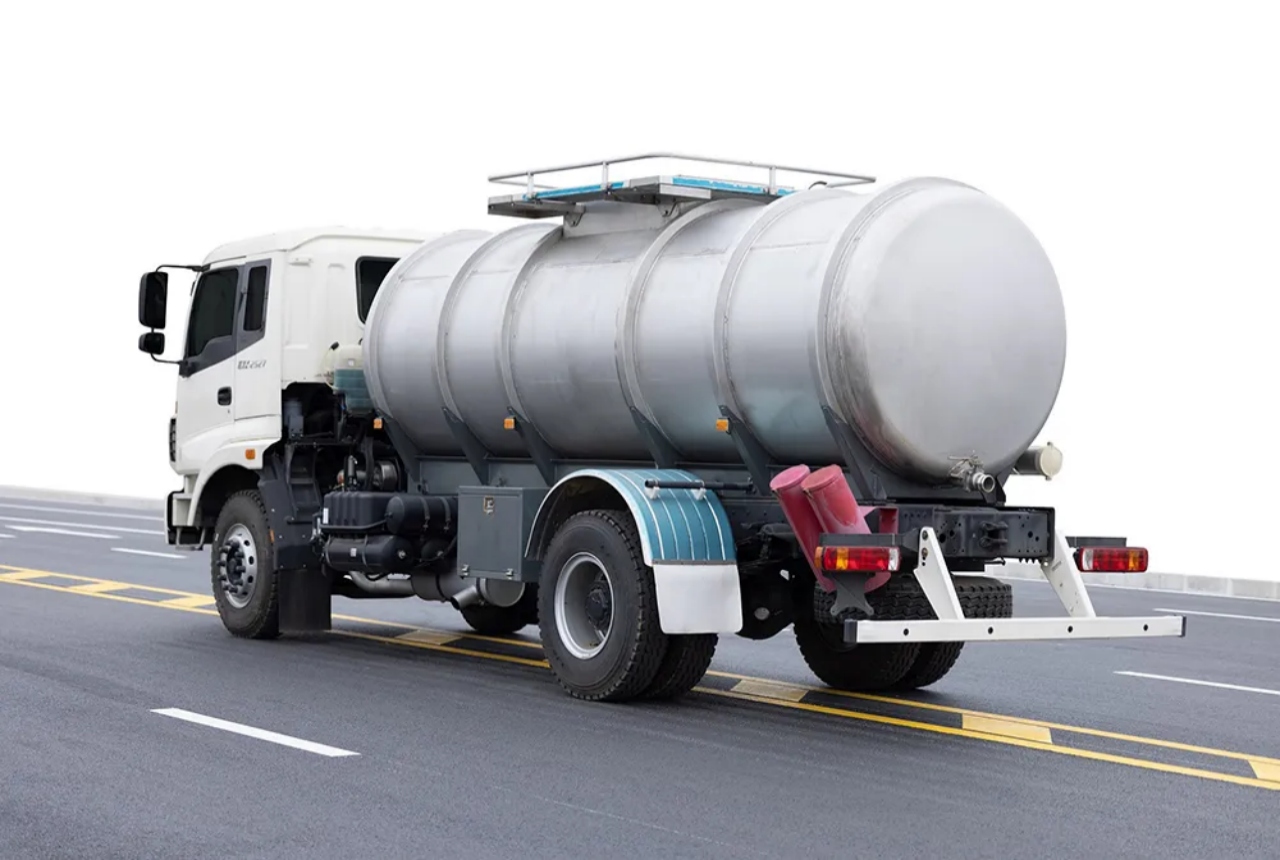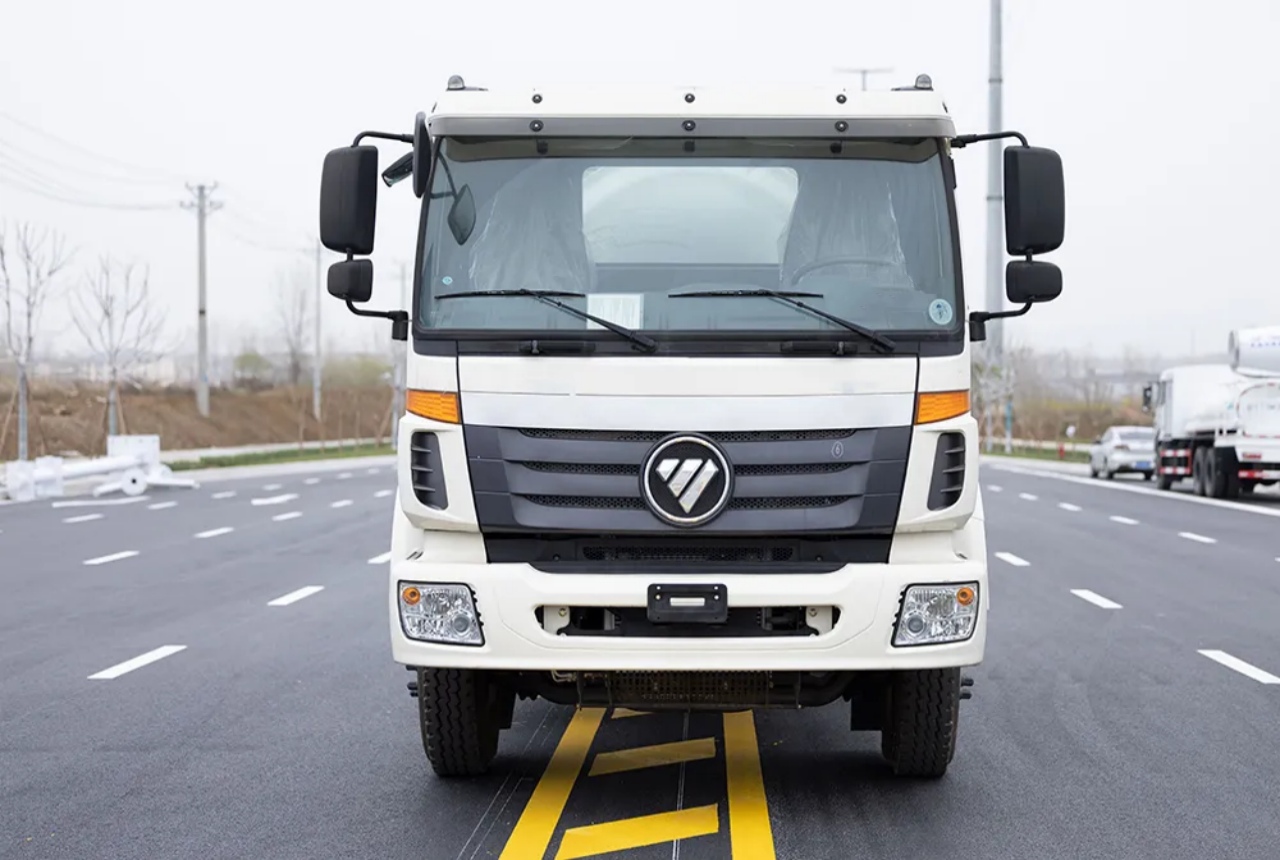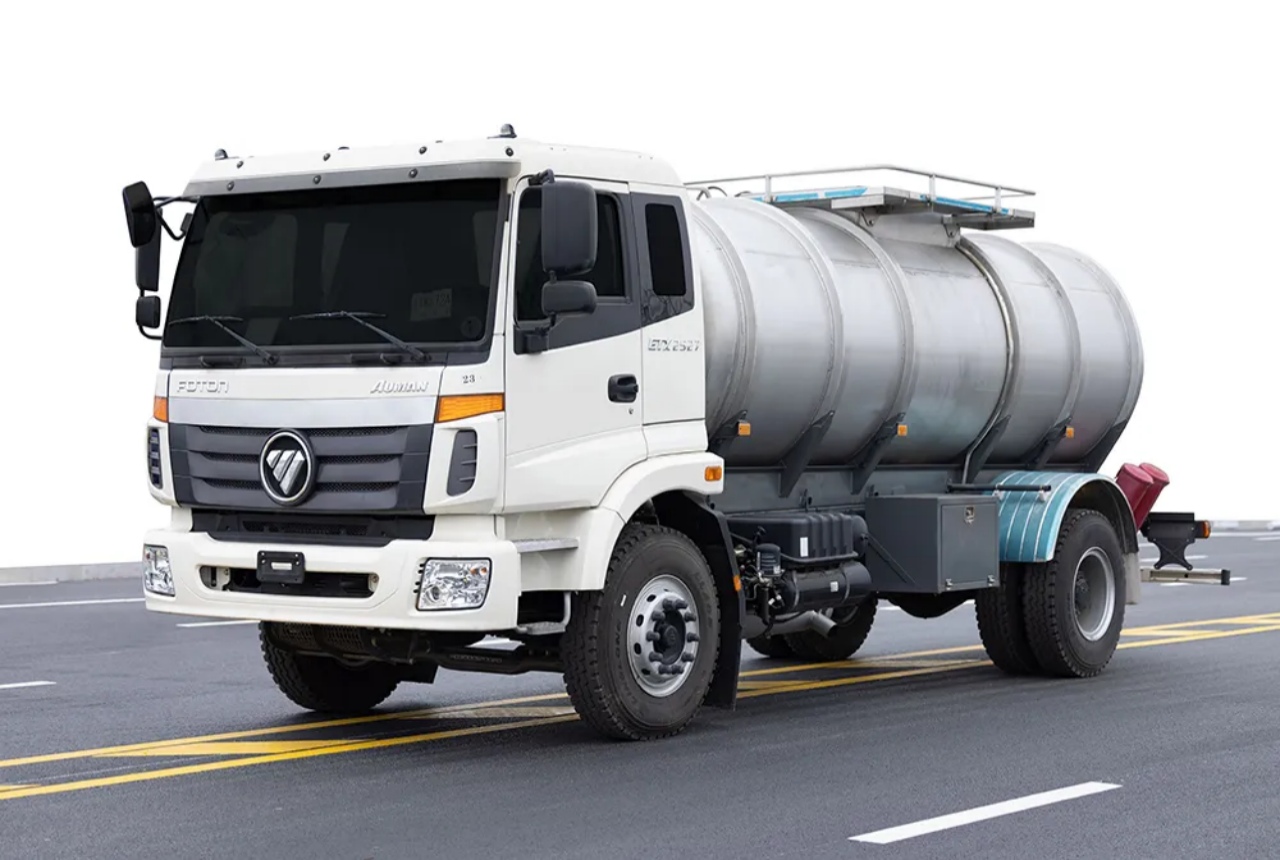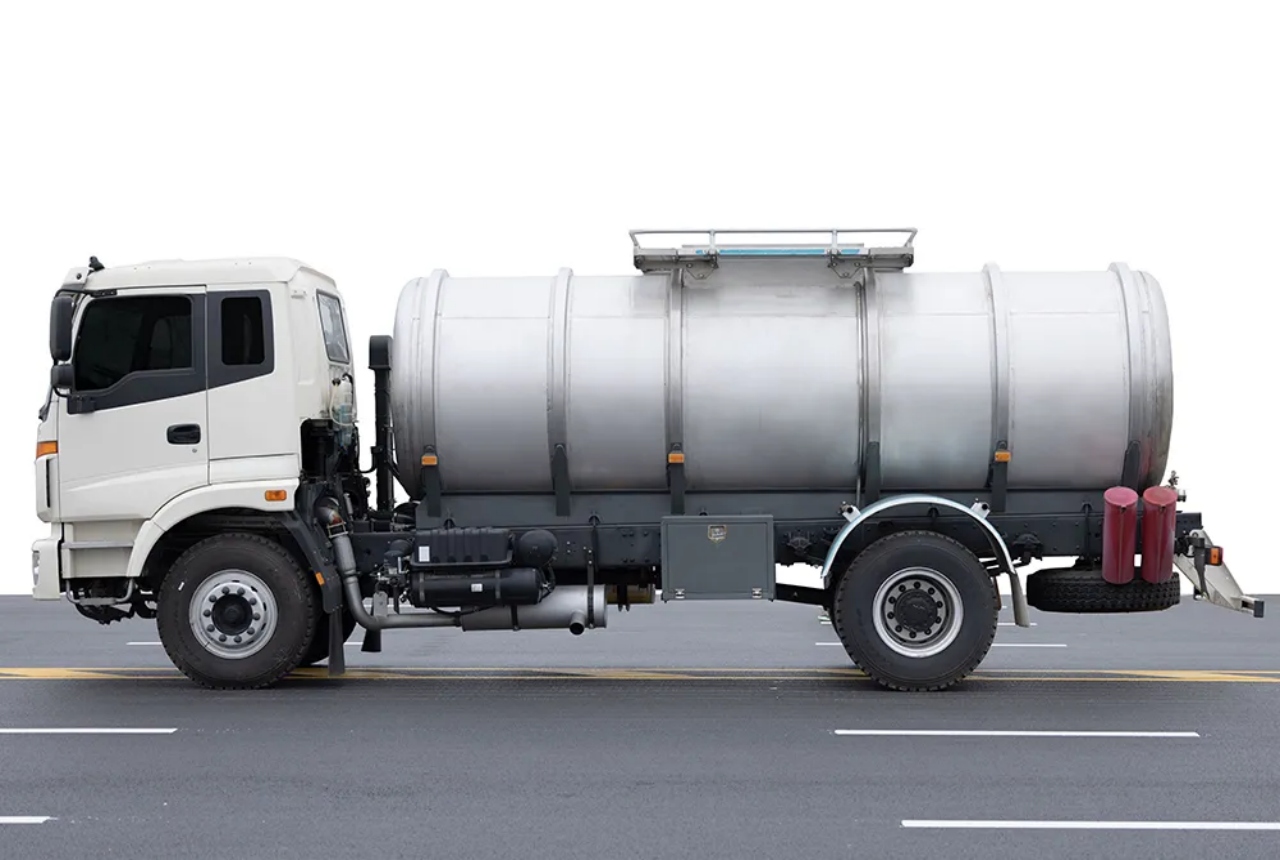Water trucks are essential vehicles used across a range of industries, including construction, mining, agriculture, firefighting, and municipal services. These trucks are designed to carry and distribute large quantities of water to remote locations or job sites that require dust control, soil compaction, irrigation, or emergency water supply. One of the most frequently asked questions about water trucks is: How heavy is a water truck? The answer isn’t straightforward because the weight of a water truck varies significantly depending on several factors, such as the truck’s size, design, and the amount of water it carries. In this article, we’ll explore these variables in depth to better understand what determines the weight of a water truck and what implications this has for operation and transport.
Understanding Water Truck Components
To understand how heavy a water truck can be, we need to first break down the key components that contribute to its weight:
- Chassis (Truck Frame): This includes the cab, engine, transmission, wheels, and structural frame of the truck. It serves as the foundation of the water truck and supports the tank and associated equipment.
- Water Tank: The size of the tank plays a significant role in the truck’s overall weight. Water tanks can range from a few hundred gallons to several thousand gallons.
- Pump and Spray System: Most water trucks include pumps, spray heads, hoses, and other hydraulic components to control the distribution of water.
- Water Load: Water itself is very heavy—approximately 8.34 pounds per gallon (1 kilogram per liter). This is the most variable component of a water truck’s weight.
Dry Weight vs. Loaded Weight
In the transportation industry, 2 common weight metrics are used to describe a truck:
- Dry Weight: The weight of the water truck without any water in the tank. This includes the truck chassis, tank, and all equipment.
- Gross Vehicle Weight (GVW) or Loaded Weight: The total weight of the truck when fully loaded with water, fuel, and other operational fluids.
Let’s look at some general figures to get an idea of typical weights:
| Truck Size | Tank Capacity | Dry Weight | Loaded Weight (approx.) |
|---|---|---|---|
| Small (Light-duty) | 500 – 1,000 gallons | 10,000 – 15,000 lbs | 14,000 – 23,000 lbs |
| Medium (Medium-duty) | 2,000 – 4,000 gallons | 20,000 – 30,000 lbs | 36,000 – 63,000 lbs |
| Large (Heavy-duty) | 5,000 – 10,000 gallons | 30,000 – 40,000+ lbs | 72,000 – 125,000+ lbs |
These numbers are general estimates and can vary significantly depending on the truck’s manufacturer and build specifications.
The Weight of Water: A Major Factor
Since water is a key payload in these vehicles, let’s take a closer look at its contribution to overall truck weight. Water weighs roughly:
- 8.34 lbs per gallon
- 1,000 kg per cubic meter
- 1 metric ton per 1,000 liters
So, a truck carrying 5,000 gallons (18,927 liters) of water would be carrying:
- 5,000 gallons × 8.34 lbs/gallon = 41,700 lbs (or around 18,910 kg)
- That’s roughly 20.85 tons of water in the tank alone.
This makes it clear that a water truck’s loaded weight can be more than double its dry weight, especially in larger models.
Legal and Practical Weight Limits
In most countries, including the United States, the legal weight limit for vehicles traveling on public roads is about 80,000 lbs (36,287 kg) gross vehicle weight. This includes the truck, fuel, driver, cargo (in this case, water), and any equipment.
This is why large water trucks with tanks capable of holding 5,000 to 10,000 gallons are typically used off-road in construction sites, quarries, or mining operations where these road weight limits do not apply.
For on-road use, smaller water trucks—typically up to 2,000 gallons—are more common. These are often used by municipalities for street cleaning, irrigation, or firefighting, and they fall within legal weight limits.
Examples of Common Water Truck Models and Their Weights
Let’s explore a few real-world examples to better illustrate the weight range of water trucks:
- Ford F-750 Water Truck (Approx. 2,000 gallons)
- Dry Weight: 22,000 lbs
- Water Weight: ~16,680 lbs
- Loaded Weight: ~38,680 lbs
- International HV507 with 4,000-gallon tank
- Dry Weight: 30,000 lbs
- Water Weight: ~33,360 lbs
- Loaded Weight: ~63,360 lbs
- Caterpillar 777 Off-Road Water Truck (10,000+ gallons)
- Dry Weight: 90,000+ lbs
- Water Weight: ~83,400 lbs
- Loaded Weight: ~173,400 lbs
These figures demonstrate how important it is to choose the right truck configuration based on the work environment, road regulations, and water requirements.
Operational Implications of Water Truck Weight
Understanding the weight of a water truck is important not just for compliance with road laws, but also for:
- Fuel Consumption: Heavier trucks consume more fuel. Operating a fully loaded 10,000-gallon water truck can be significantly more expensive than running a smaller unit.
- Braking and Maneuverability: Heavier trucks require more powerful braking systems and longer stopping distances. Operators must be specially trained to handle the extra weight safely.
- Wear and Tear: The heavier the load, the greater the strain on tires, suspension, drivetrain, and brakes. This increases maintenance frequency and costs.
- Transport and Permitting: Moving a large water truck across states or regions may require special permits for oversized or overweight loads.
Conclusion
So, how heavy is a water truck? The answer varies widely depending on the size and configuration of the vehicle. Small on-road trucks may weigh as little as 14,000 lbs when fully loaded, while large off-road trucks can exceed 170,000 lbs. The bulk of a water truck’s weight comes from the water itself, which is why load size has such a dramatic impact on total weight.
When selecting or operating a water truck, it’s crucial to understand the full weight implications not only for legal compliance but also for safety, fuel economy, and maintenance. Whether you’re managing a fleet for a construction site or simply curious about industrial vehicles, knowing how heavy a water truck can be is key to making informed decisions.





